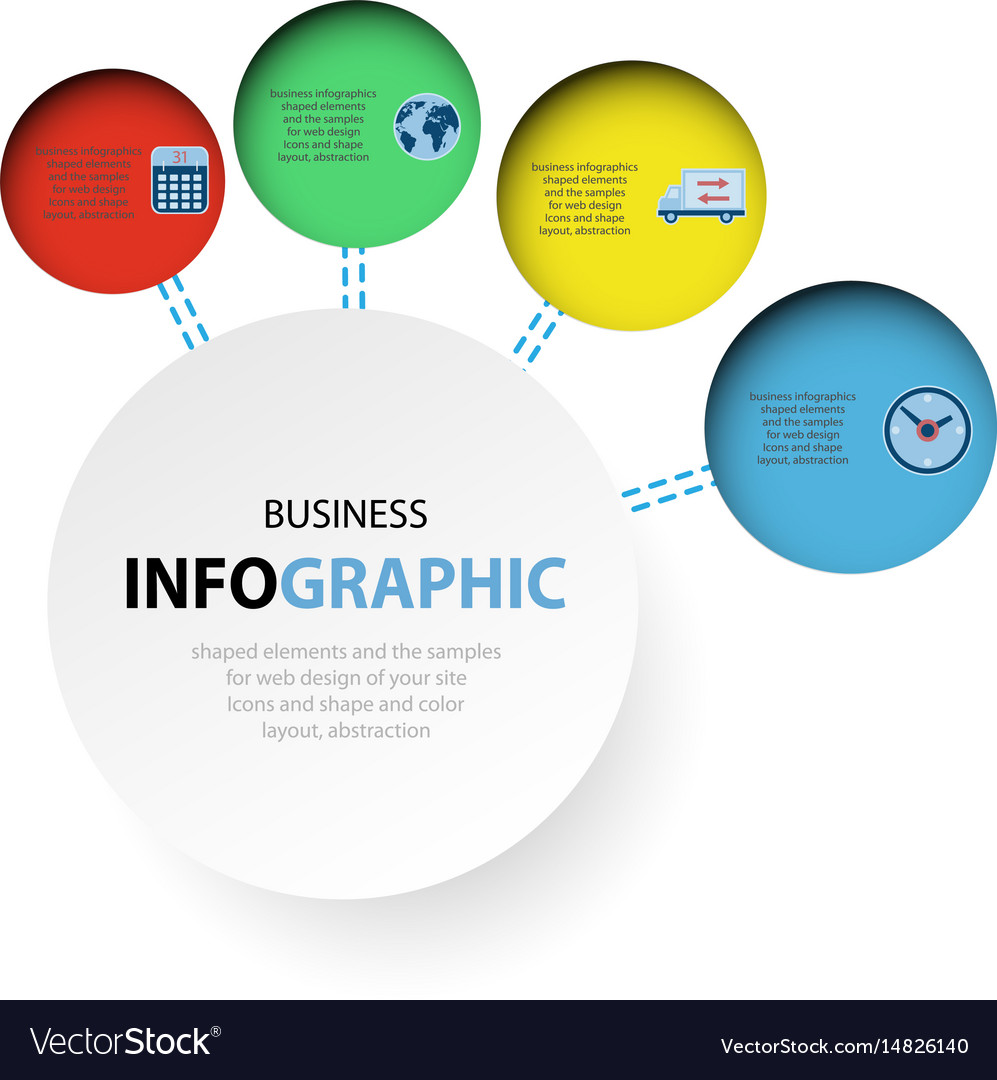Interested In Discovering How Site Layout Has Transformed Over The Years? Check Out The Development From Fundamental, Simple Designs To User-Centered Approaches That Prioritize The Demands And Choices Of Online Site Visitors
Interested In Discovering How Site Layout Has Transformed Over The Years? Check Out The Development From Fundamental, Simple Designs To User-Centered Approaches That Prioritize The Demands And Choices Of Online Site Visitors
Blog Article
Posted By-Abel Gibbons
In the past, websites were basic and concentrated on info. Navigating was direct, and layout was for desktops. Now, customer experience is vital. Information overviews layouts for very easy navigation. google search engine optimization company match different tools. Today, dark mode decreases strain, and minimalist menus enhance navigating. Interactive features engage users, and vibrant visuals attract attention. AI integration improves engagement. See just how design has actually progressed to improve your on-line journey.
Early Days of Web Design
In the very early days of website design, simplicity preponderated. Sites were fundamental, with restricted shades, font styles, and layouts. The emphasis was on giving info rather than fancy visuals. Customers accessed the web via slow dial-up connections, so rate and functionality were key.
Navigation food selections were straightforward, commonly located at the top or side of the page. Websites were made for desktop, as mobile surfing had not been yet prevalent. Material was king, and developers focused on very easy readability over intricate layout elements.
HTML was the primary coding language utilized, and designers needed to work within its constraints. Computer animations and interactive features were minimal compared to today's requirements. Internet sites were static, with little dynamic content or customized user experiences.
Rise of User-Focused Layout
With the advancement of web site layout, a shift towards user-focused style concepts has ended up being significantly famous. Today, producing sites that focus on user experience is crucial for engaging site visitors and accomplishing company goals. User-focused layout involves understanding the needs, choices, and habits of your target market to customize the site's design, material, and includes as necessary.
Developers currently perform thorough research study, such as individual surveys and usability screening, to gather understandings and responses straight from users. This data-driven method helps in creating user-friendly navigating, clear calls-to-action, and visually appealing interfaces that reverberate with visitors. By positioning the user at the center of the design process, web sites can provide a more tailored and pleasurable experience.
Receptive layout has also emerged as an essential element of user-focused design, ensuring that internet sites are enhanced for numerous tools and display dimensions. This versatility enhances availability and usability, satisfying the varied means customers connect with websites today. Fundamentally, the increase of user-focused style represents a shift in the direction of developing digital experiences that prioritize the needs and assumptions of the end individual.
Modern Trends in Web Design
Check out the current patterns forming website design today. One famous pattern is dark mode style, providing a sleek and modern-day look while decreasing eye strain in low-light environments. An additional crucial trend is minimal navigation, streamlining menus and boosting user experience by concentrating on essential elements. Incorporating micro-interactions, such as computer animated buttons or scrolling impacts, can produce a much more engaging and interactive website. Receptive style remains vital, making sure smooth user experiences throughout different tools. In addition, utilizing vibrant typography and unbalanced layouts can add visual passion and draw attention to specific material.
Incorporating AI innovation, like chatbots for consumer support or tailored recommendations, boosts user engagement and enhances processes. Ease of access has additionally end up being a significant fad, with developers focusing on inclusive style practices to accommodate diverse user demands. hop over to this website by enhancing web site efficiency for rate and efficiency is an additional emerging fad in website design. Teaming up with user responses and information analytics to repeat and improve layout continually is vital for remaining relevant in the ever-evolving electronic landscape. By accepting these modern-day patterns, you can create a visually appealing, user-friendly site that reverberates with your target market.
Conclusion
As you assess the advancement of web site layout from the early days to currently, you can see just how user-focused design has come to be the driving force behind modern trends.
Embrace the journey of modification and adaptation in website design, always maintaining the individual experience at the center.
Remain existing with the latest patterns and modern technologies, and never ever quit developing your technique to develop aesthetically magnificent and user-friendly web sites.
Progress, adapt, and develop - the future of web design is in your hands.
